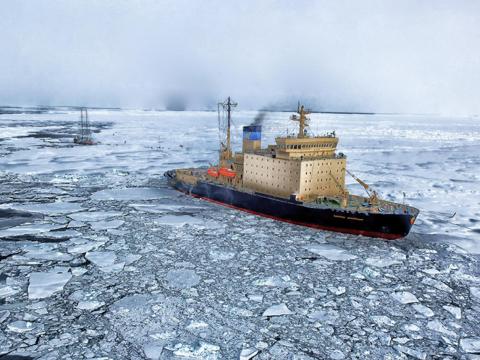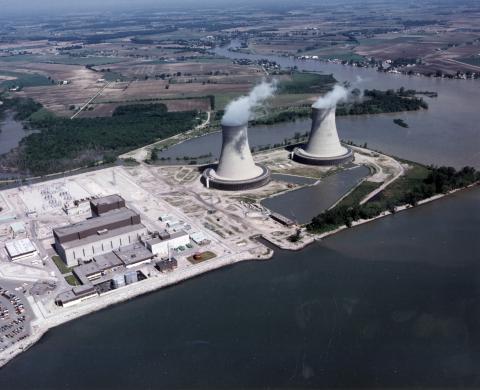"Deconstructing the Soil Microbiome into Reduced-Complexity Functional Modules" The soil microbiome represents one of the most complex microbial communities on the planet, encompassing thousands of taxa and metabolic pathways, rendering holistic analyses computationally intensive and difficult. Here...
Filter results
Category
- (-) Earth System Science (28)
- (-) National Security (6)
- Scientific Discovery (70)
- Biology (47)
- Human Health (23)
- Microbiome Science (10)
- Computational Research (9)
- Integrative Omics (7)
- Materials Science (5)
- Computing & Analytics (4)
- Data Analytics & Machine Learning (4)
- Chemical & Biological Signatures Science (2)
- Chemistry (2)
- Energy Resiliency (2)
- Weapons of Mass Effect (2)
- Atmospheric Science (1)
- Coastal Science (1)
- Energy Efficiency (1)
- Energy Storage (1)
- Plant Science (1)
- Renewable Energy (1)
- Solar Energy (1)
Tags
- Soil Microbiology (8)
- Omics (6)
- Microbiome (4)
- sequencing (4)
- Synthetic (4)
- Fungi (3)
- Genomics (3)
- Mass Spectrometry (3)
- Synthetic Biology (3)
- Biological and Environmental Research (2)
- Imaging (2)
- Metagenomics (2)
- PerCon SFA (2)
- Spectroscopy (2)
- Viruses (2)
- BSRN (1)
- Climate Change (1)
- Diffuse (1)
- Direct (1)
- DSCOVR (1)
- EPIC (1)
- microbiome (1)
- microbiome stability (1)
- PAR (1)
- Shortwave Radiation (1)
- soil microbiology (1)
- soil respiration (1)
- spatial variability (1)
- SURFRAD (1)
- temperate forest (1)
"Visualizing the Hidden Half: Plant-Microbe Interactions in the Rhizosphere" Plant roots and the associated rhizosphere constitute a dynamic environment that fosters numerous intra- and interkingdom interactions, including metabolite exchange between plants and soil mediated by root exudates and the...
Pending Review Microbiomes contribute to multiple ecosystem services by transforming organic matter in soil. Extreme shifts in the environment, such as drying-rewetting cycles during drought, can impact microbial metabolism of organic matter by altering their physiology and function. These...
The rhizosphere represents a dynamic and complex interface between plant hosts and the microbial community found in the surrounding soil. While it is recognized that manipulating the rhizosphere has the potential to improve plant fitness and health, engineering the rhizosphere microbiome through...
Agriculture is the largest source of greenhouse gases (GHG) production. Conversion of nitrogen fertilizers into more reduced forms by microbes through a process known as biological nitrification drives GHG production, enhances proliferation of toxic algal blooms, and increases cost of crop...
Category
Datasets
8
Category
Datasets
7
Category
Datasets
3
This data is a model of synthetic adversarial activity surrounded by noise and was funded by DARPA. The various versions include gradually more complex networks of activities.
Category
Datasets
1
The influence of tidal inundation dynamics on below ground carbon pools is poorly understood across coastal terrestrial-aquatic interface (TAI) ecosystems. The dynamic environmental conditions of tidally-influenced landscapes, the chemically complex nature of carbon compounds, the diverse nature of...
Category
Datasets
3
The Phenotypic Response of the Soil Microbiome to Environmental Perturbations Project (Soil Microbiome SFA) at Pacific Northwest National Laboratory is a Genomic Sciences Program Science Focus Area (SFA) Project operating under the Environmental Microbiome Science Research Area. The Soil Microbiome...
Datasets
23
This data is a model of synthetic adversarial activity surrounded by noise and was funded by DARPA. The various versions include gradually more complex networks of activities.
Category
Datasets
1
Category
Datasets
1
Category
Datasets
1
Category
Datasets
1






